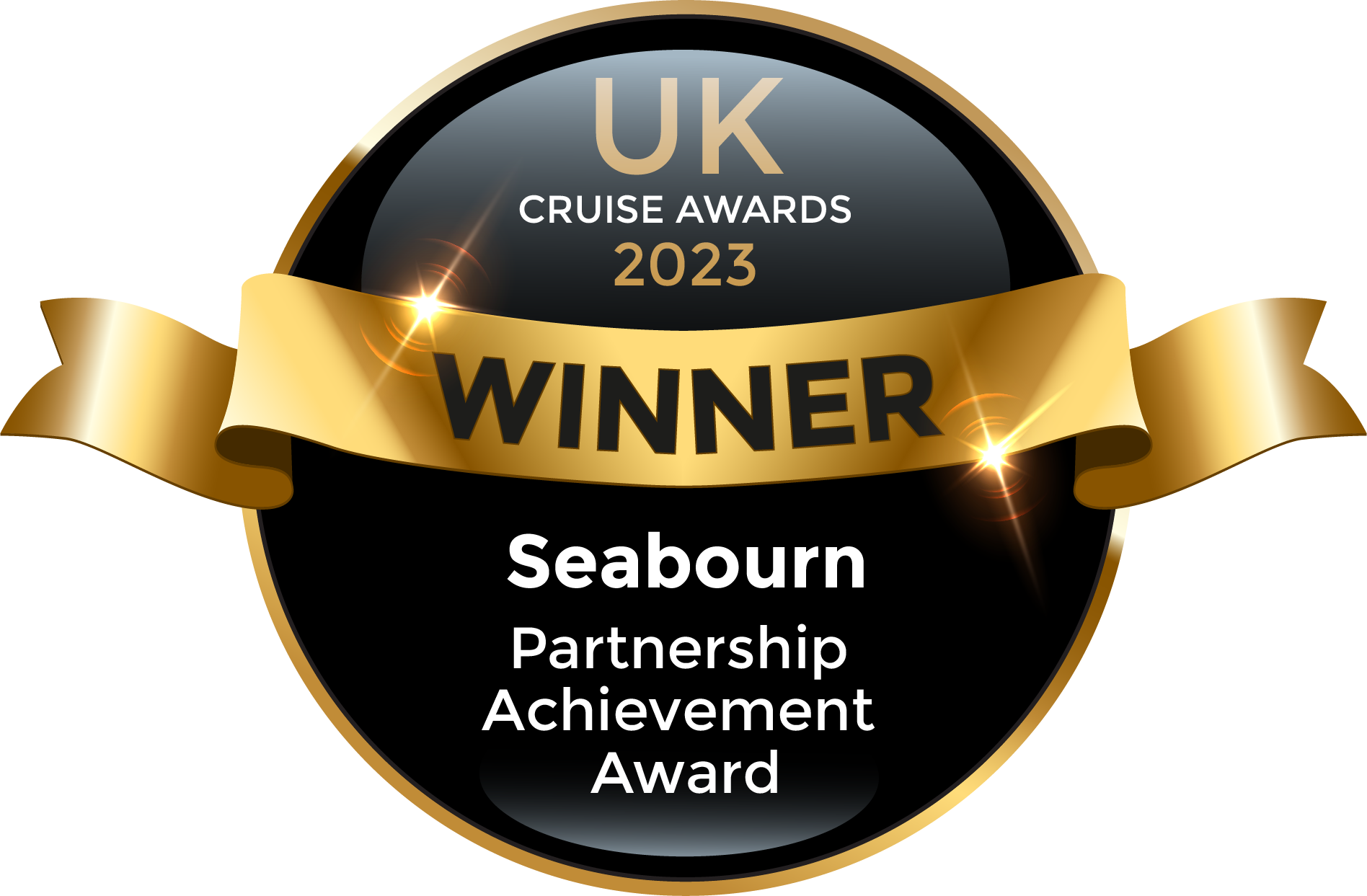Originally founded as a Roman city in the Middle Ages, Barcelona continues to be a major tourist destination and significant cultural centre with a rich and expansive heritage. Thanks to its undeniable influence across several industries including education, entertainment, commerce, fashion and media, Barcelona stands as one of the world’s major global cities. Particularly notable is the architectural work of Antoni Gaudi, which beautifully adorns the city. His most recognised work is the yet unfinished church of the Sagrada Familia, under construction since 1882 and expected to be completed in 2026, funded by public donations, in time for the 100th anniversary of Gaudi’s death.
Things To See, Do & Taste In Barcelona:
- See: Sagrada Família - The largest unfinished Catholic church in the world, designed by Antoni Gaudí.
- Do: Barceloneta Beach - 422 metres long Barceloneta is one of Barcelona's oldest and most famous beaches.
- Taste: Tortilla de Patatas (also known as Spanish Omelette) - A traditional Spanish dish Made with potatoes, onion, eggs, salt, and oil.












































































































































